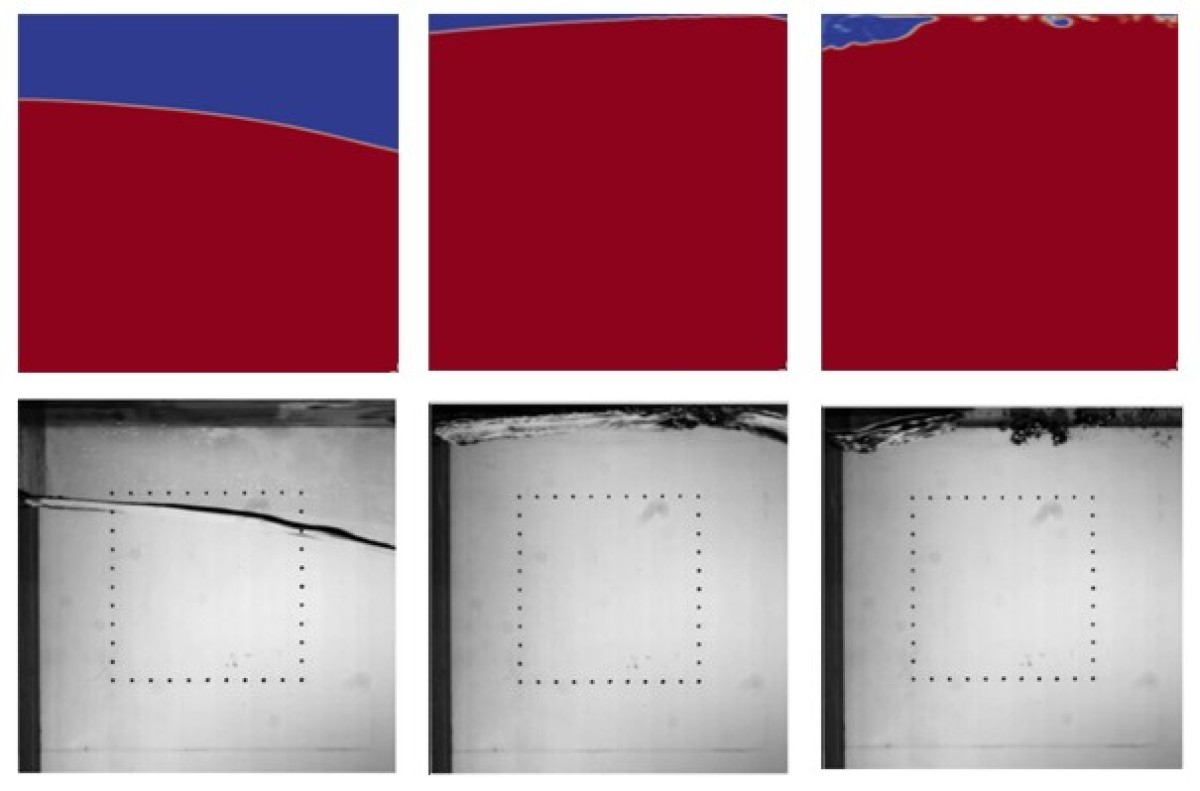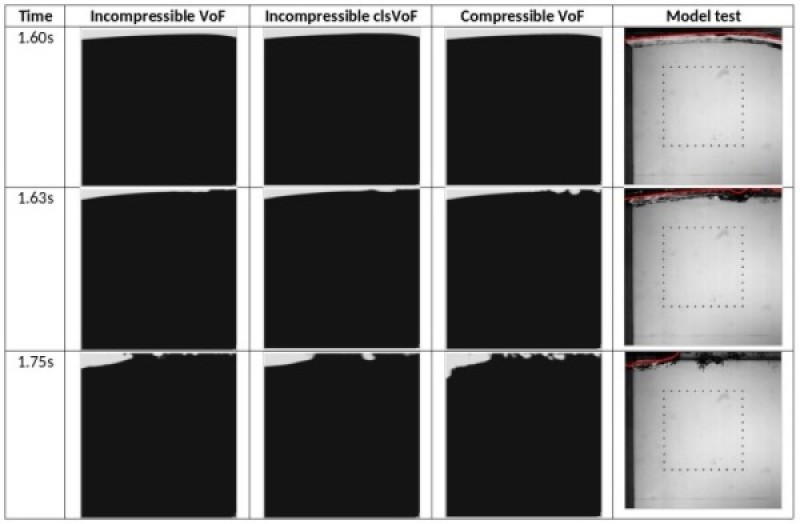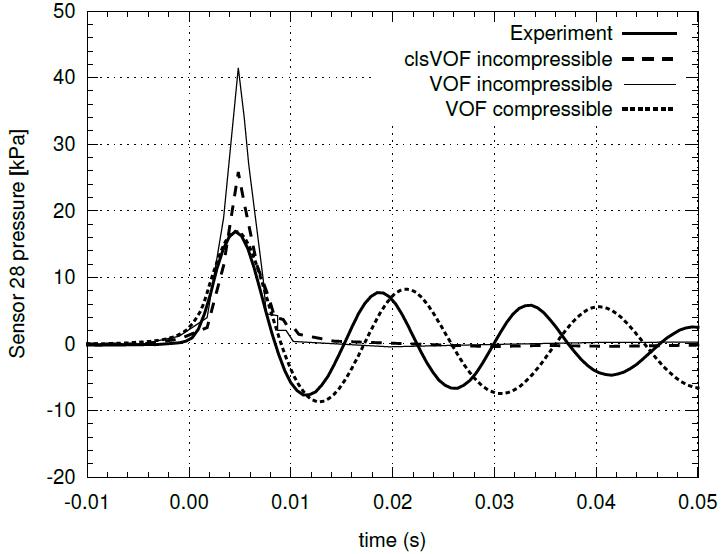Study on Ship Motions Coupled with Liquid Sloshing

Status
Ongoing
Scientists
Prof. Dr.-Ing. Bettar Ould el Moctar
Wenjing Lyu MEng.
Project Description
Due to high demand for energy, the worldwide petroleum gas and natural gas production have grown rapidly. Very Large Crude Carrier (VLCC), Liquefied Petroleum Gas (LPG) carrier and Liquefied Natural Gas (LNG) carrier may be subjected to severe sloshing loads during transportation or loading / offloading operations. The concern for their safe transport plays an important role in the carrier ship design. How to reduce sloshing loads and how to ensure the safety and stability of the ship motions in waves are urgent problems. Considering the introduction of the Energy Efficiency Design Index (EEDI) for new ships and the related reduction of installed power on ships, the necessity arose to reliably predict the interaction between sloshing loads and ship motions at sea.
The aim of the project is to model the coupling between liquid sloshing in ship tanks and ship motions in seaways. In particular, firstly a more reliable prediction of sloshing will be conducted based on the Finite Volume Method (FVM) calculations. Secondly, suitable numerical models to address the complicated coupled liquid-tank-ship interaction problem will be developed and used to study the effects of sloshing coupled with ship motions. Furthermore, the newly developed numerical methods will be validated by model tests.

Figure 1 Sloshing test case: simulated free surfaces at different time steps obtained from the incompressible VoF method, the incompressible clsVoF method, the compressible VoF method, and the model test

Figure 2 Time history of measured and computed pressure
Publications
- Lyu, W., el Moctar, O. (2017). Numerical and Experimental Investigations of Wave-induced Second Order Hydrodynamic Loads. Ocean Engineering. Vol. 131, pp 197–212.
- Lyu, W., el Moctar, O., Potthoff, R., Neugebauer, J. (2017). Experimental and numerical investigation of sloshing using different free surface methods. Applied Ocean Research. Vol. 68, pp 307–324.

